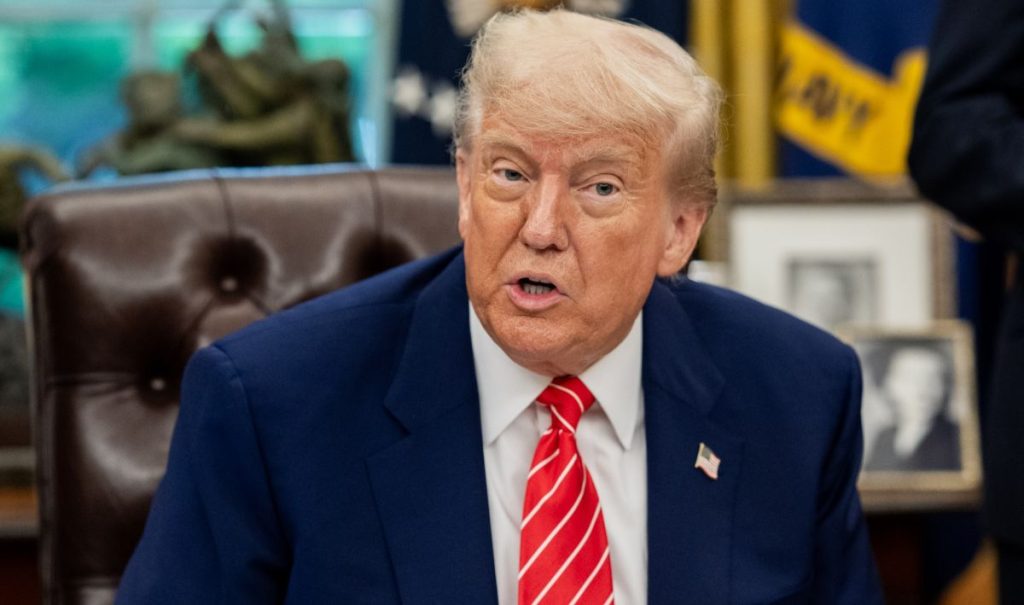Industry groups warn it could backfire.
Others are reading now
President Donald Trump says his trade policy isn’t about reviving the textile industry — it’s about boosting high-tech and defense production at home.
Speaking to reporters before boarding Air Force One in New Jersey, Trump made it clear: his goal is to produce tanks, chips, and ships, not sneakers and T-shirts.
“We don’t want to make sneakers and T-shirts,” Trump said, as cited by Digi24. “We want to make military equipment. We want to make big things… like tanks and ships. To be honest, I don’t want to make T-shirts. I don’t want to make socks. We can do that very well in other places.”
His comments come after Treasury Secretary Scott Bessent made a similar statement downplaying the importance of a booming U.S. textile industry.
Also read
However, this comment drew backlash from textile manufacturers.
Industry Pushback: “More Tariffs, Higher Costs”
The National Council of Textile Organizations and the American Apparel and Footwear Association (AAFA) were quick to respond.
They argue that tariffs on clothing and footwear only hurt American consumers and small manufacturers.
“97% of the clothes and shoes we wear are imported,” said Steve Lamar, president of the AAFA. “Apparel and footwear already face the highest tariffs in the U.S. More tariffs will just raise prices and hurt lower-income families.”
Industry leaders say common-sense trade policies — not more tariffs — are what’s needed to improve the current system.
Tariffs: From Talk to Action
Trump, known for his aggressive trade moves, didn’t stop at clothes and shoes.
He called for a 50% tariff on goods from the European Union starting June 1, though he has since delayed the measure until July 9 to allow for negotiations.
He also warned that Apple could face a 25% import tax on iPhones purchased by American consumers — even though most iPhones are produced abroad.
The tough talk is consistent with Trump’s long-standing approach to global trade.
He won both the 2016 and 2024 presidential elections by tapping into frustration among working-class Americans, many of whom lost manufacturing jobs over the last few decades.


